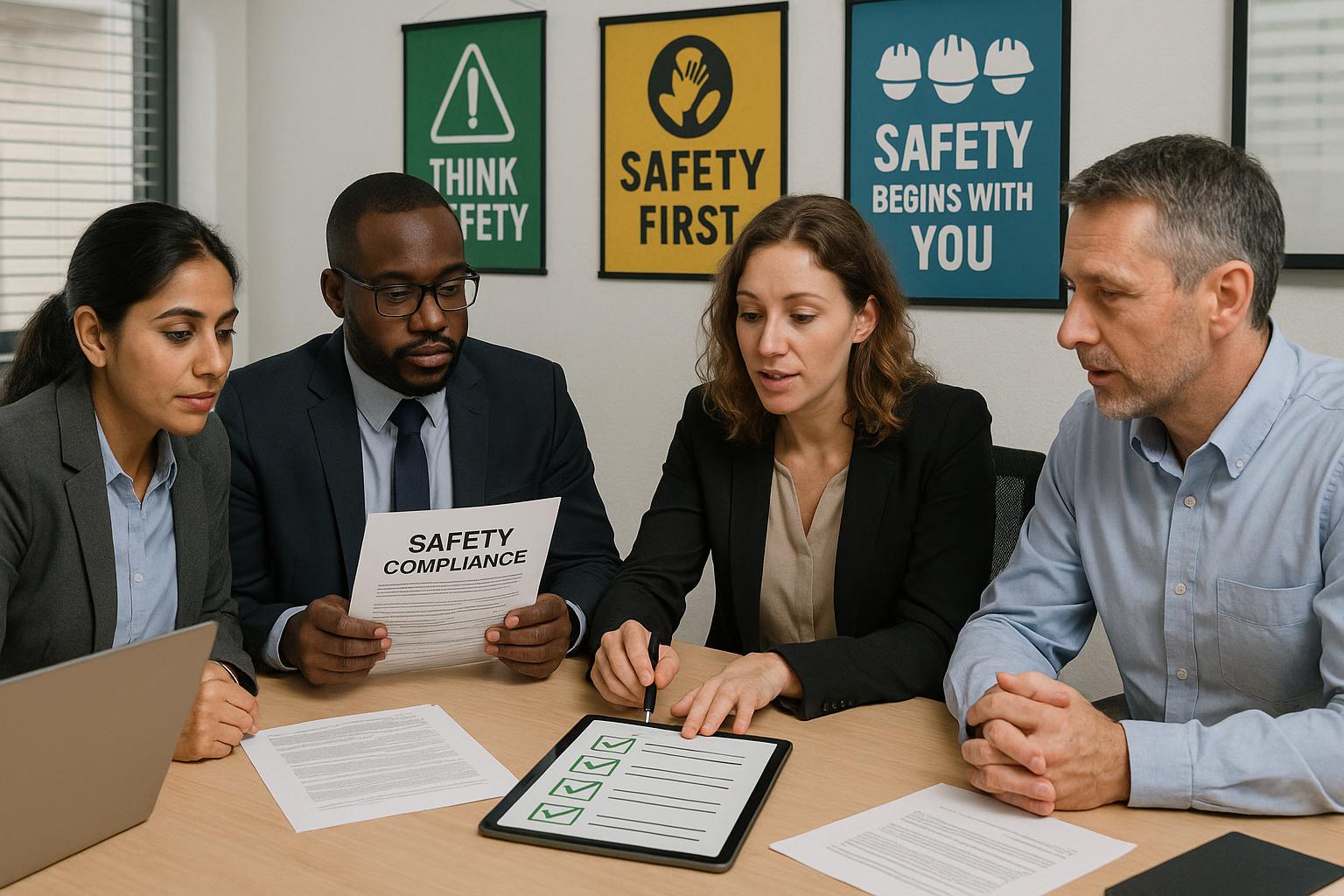Have you ever been working somewhere when someone unexpectedly turns off the lights? Suddenly you’re in total darkness and your immediate reaction is to let out a yell. This usually brings the light back on, along with an apology from the person who absent-mindedly flipped the switch. In a case like this, there’s usually no harm done. But what if you were checking a machine and someone flipped a switch that started gears turning? This type of accident happens all too often. Each time, it points to the fact that shutting off machinery isn’t enough—you have to lockout the main switch and tag it as well.
There are several reasons why a machine may run after it apparently has been shut off. For example:
- The machine can coast or it can cycle by gravity.
- The switch might malfunction or the machine might cycle if air or hydraulic pressure lines have not been bled off.
- Someone may unthinkingly turn on the switch, causing the machine to suddenly start up while it’s being worked on.
Basic Lockout Procedures
Take these steps to protect yourself and others:
- Before attempting to adjust or repair a machine, wait until it comes to a complete stop. Block the elevated ram or other mechanisms so that they cannot operate by gravity. Bleed air and hydraulic pressure lines and then lockout the main switch or valves to prevent unexpected energy release.
- Attach a tag to the switch stating your name, department, and the reason for taking the machine out of service.
- Perform the necessary adjustment or repair, and when done, replace all guards and safety devices.
Then, after all is clear, restore power and check-run the equipment. When it’s necessary to “jog” or make a brief trial run, warn everyone working on the line or equipment to make sure that they understand.
Are You Authorized?
It is important to remember that the tag and lockout device should be removed only by the person who originally attached them. The supervisor—and only the supervisor—may remove these devices in case of illness or absence of the person who attached them.
Take Time for Safety
Many people do not want to take the time to go through the safe lockout procedures. Others may hurriedly attempt to make adjustments, which they aren’t authorized to handle, or do not take the time to shut off machines before making repairs. Sooner or later, people in a hurry are involved in accidents.
Never assume that other people will see you making adjustments and will know that they should not turn on the machine. They may be too absorbed in their own activities to recognize any danger.
For more safety tips, talk to your supervisor.



